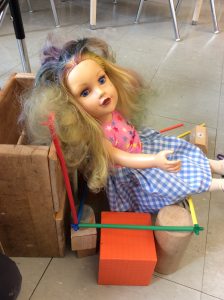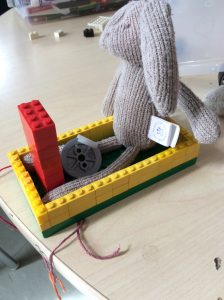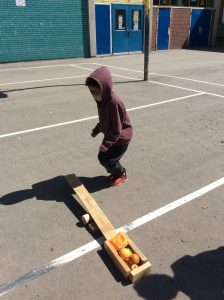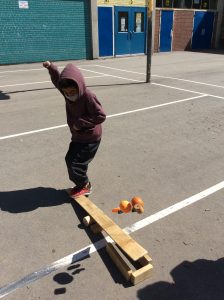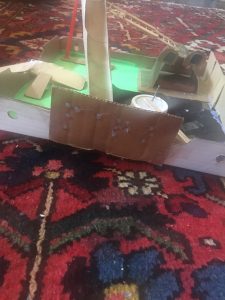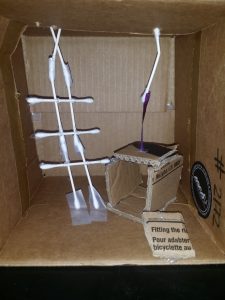I am having a lot of fun learning how to center issues of disability justice and equity throughout the curriculum.
Every week, during MSI (Math-Science Investigations) the Grade 2 students solve problems using a variety of building materials. As part of the Science curriculum, we are learning about Movement and Simple Machines. We started this inquiry when we were face-to-face and finished on-line. We have integrated this learning with disability justice, equity and community activism. For example, we went on a walk and collected data about barriers and “bridges” in our local community. Then, the Grade 2 students designed inclusive playgrounds where everyone is welcome.
Here are some other examples of how we are deepening our understanding of Structures and Mechanisms, and making connections to the local and global community.
World Water Day:
We celebrated World Water Day on March 22, as part of our year-long inquiry about water. Throughout the year, we have explored a variety of texts, including resources from The Junior Water Walker website. After reading “The Water Princess” by Susan Verde and “Anna Carries Water” by Olive Senior, our class simulated the experience of carrying a bucket around the track for 1 km, to represent the journey taken by girls and young women every day. 

Then, we used building materials to investigate: How might you move water from one place to another?
We learned about a simple machine that was invented to help families carry water in rural India. We watched a YouTube video about The Wello Water Wheel, and talked about the impact it might have.

Toy Day:
On Toy Day, the MSI challenge was: Design a structure that moves or helps your toy to move.
Freda made a wheelchair for her doll. Svea made a sled.
After building, we watched this video:
Science Max: Simple Machines
Outdoor Learning:
One day, we collected materials to bring outside to investigate simple machines. We worked with partners to explore: How might you use ramps and different balls to investigate levers and inclined planes?
Before schools went back to on-line learning, we went on a Community Walk. I invited students to think about: “How might we make our community more accessible? What are some of the barriers and “bridges” in our community?” Students worked together to draw, write and collect data on clipboards. We found ramps made by StopGap Foundation, and followed up our walk by reading books about children with different abilities.
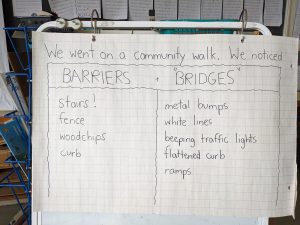
Inclusive Playgrounds:
The summative task was: Design and build a model of an inclusive playground that includes a simple machine. The equipment must move a person up and down, or round and round or back and forth.
Students used a variety of materials to build their inclusive playgrounds, including Lego, recycled materials, clay, and Minecraft. Before building, everyone was encouraged to make a plan and draw their designs. Everyone worked on their project off-line and came together to share their VIP: Very Important Projects at the end of the week.
Clem used a glue gun to spell “PARK” in Braille letters. Avery included an elevator.
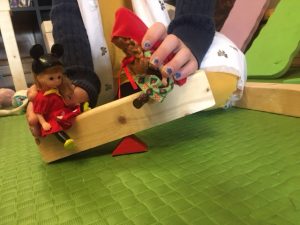

Oral presentations have been an effective way to connect, share ideas and feedback, and assess students’ understanding. Technology/Being on-line has created space to hear each other, share our screens and look at photos of our work up close, and invite others into creative Minecraft worlds. These integrated learning activities were engaging, fun, creative, and provided meaningful opportunities to explore inclusive design and disability justice.

